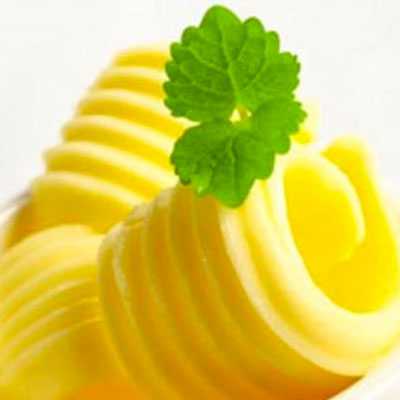Origins of The Polenta Cake
Polenta, a dish of boiled cornmeal, has been a staple in Italian cuisine for centuries, originally serving as a peasant food due to its simple ingredients and affordability. The versatility of polenta is showcased in both savory and sweet dishes, with Polenta Cake being a delightful example of the latter. Italian Polenta Cake transforms this humble grain into a moist, flavorful dessert, marrying the rustic essence of polenta with the sophistication of Italian baking.
The addition of lemon, creating the beloved Lemon Polenta Cake, infuses this traditional dessert with a bright, zesty flavor that perfectly complements the cake's dense, crumbly texture. This variant not only adds a refreshing twist but also highlights the adaptability of polenta in recipes, proving it a worthy main ingredient in both traditional and modern Italian cooking. The lemon's acidity contrasts beautifully with the sweetness of the cake, making it a favorite for all seasons.
For those with dietary restrictions, a Gluten-Free Polenta Cake offers a delectable solution without compromising on taste or texture. Polenta's naturally gluten-free composition makes it an ideal base for creating inclusive dessert options. The Easy Polenta Cake recipe celebrates the simplicity and elegance of Italian desserts, allowing even novice bakers to recreate a piece of Italy in their kitchen. By following these guidelines, anyone can produce a dessert that's as rich in history as it is in flavor, bringing a slice of Italian heritage to the table.
Polenta vs Cornmeal
Polenta and cornmeal are often mentioned in the same breath, given their close relationship, but they refer to different things, especially in terms of culinary uses and cultural significance. Here's a breakdown to clarify their differences:
Polenta
Definition: Polenta is not just an ingredient but also a traditional Italian dish made from cornmeal. It can be served creamy and thick, or allowed to solidify and then sliced.
Texture and Cooking: When people refer to polenta in terms of the ingredient, they're often talking about a type of cornmeal that's coarsely ground, which is ideal for making the dish polenta. The cooking process involves simmering in water, broth, or milk until it reaches a porridge-like consistency.
Cultural Significance: In Italy and other parts of Europe, polenta has a rich history as a staple food, particularly in Northern Italy. It's a comfort food that's versatile, serving as a base for sauces, cheeses, vegetables, and meats.
Cornmeal
Definition: Cornmeal is ground dried corn. Its texture can vary from fine to coarse, and it's used as a base ingredient in various culinary applications, from breading to baking.
Types and Uses: Fine cornmeal is often used for baking bread, cakes, and as a batter for fried foods. Medium and coarse cornmeal may be used for making cornbread, hushpuppies, and, yes, polenta.
Cultural Significance: Cornmeal is a staple ingredient in many cuisines around the world, not just Italian. It plays a significant role in American Southern cooking, as well as in Latin American, Caribbean, and African cuisines.
Key Differences
Usage Context: Polenta, as a dish, is specific in its preparation and cultural context, primarily Italian. Cornmeal is a broader term for a type of grain preparation that can be used to make polenta but also serves many other culinary purposes.
Grind Size: For making traditional polenta, a specific grind of cornmeal is preferred—usually coarser. Cornmeal comes in various grind sizes, from fine to coarse, each serving different culinary needs.
Culinary Versatility: Polenta, while versatile within Italian cuisine, is a specific dish. Cornmeal's versatility spans across baking, frying, and creating an array of dishes beyond just polenta.
In sum, while all polenta is cornmeal, not all cornmeal is used to make polenta. The distinction lies in the grind size, preparation, and the cultural and culinary contexts in which they are used. Understanding these differences can enhance cooking and baking, allowing for more authentic and diverse creations in the kitchen.
What To Serve with Polenta Cake?
Polenta cake is a versatile dessert that can be served with a variety of accompaniments.
Here are our delicious recipes that you can serve with Polenta Cake:














































